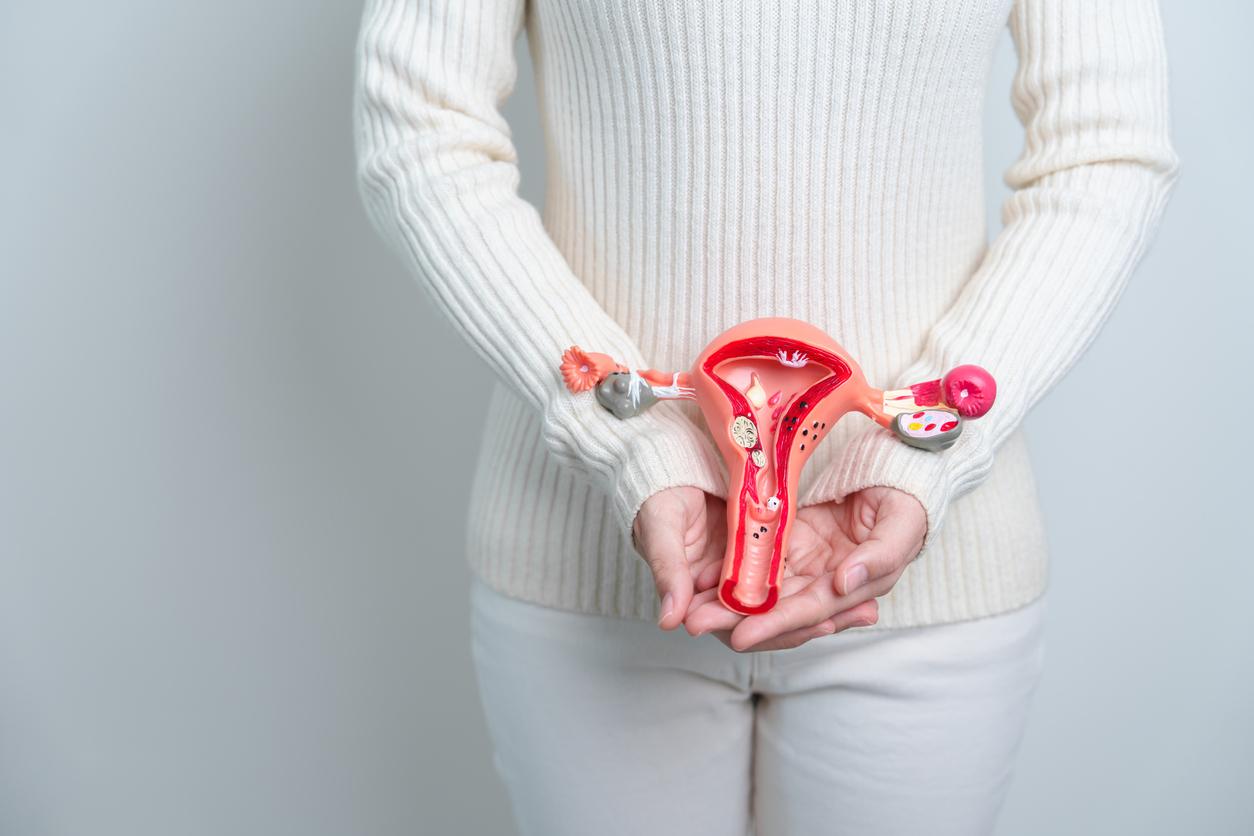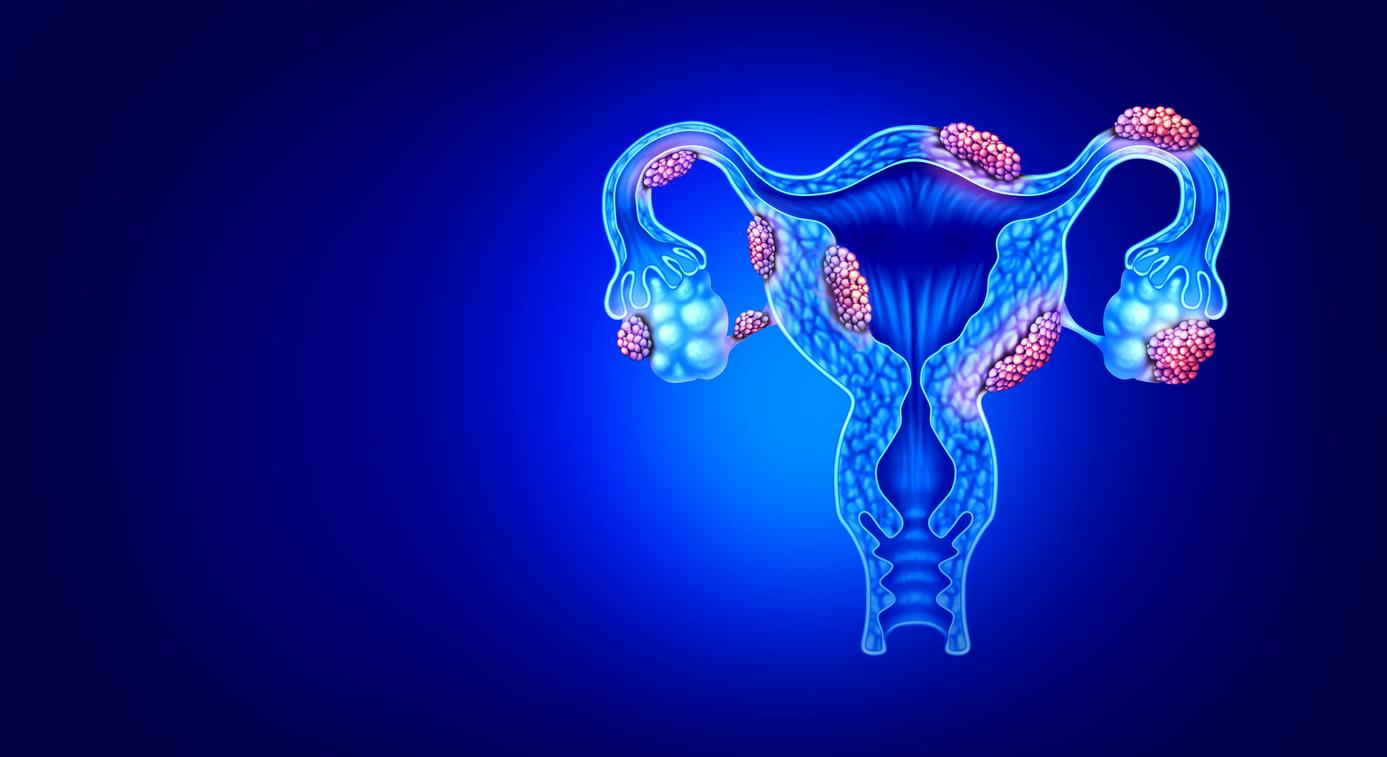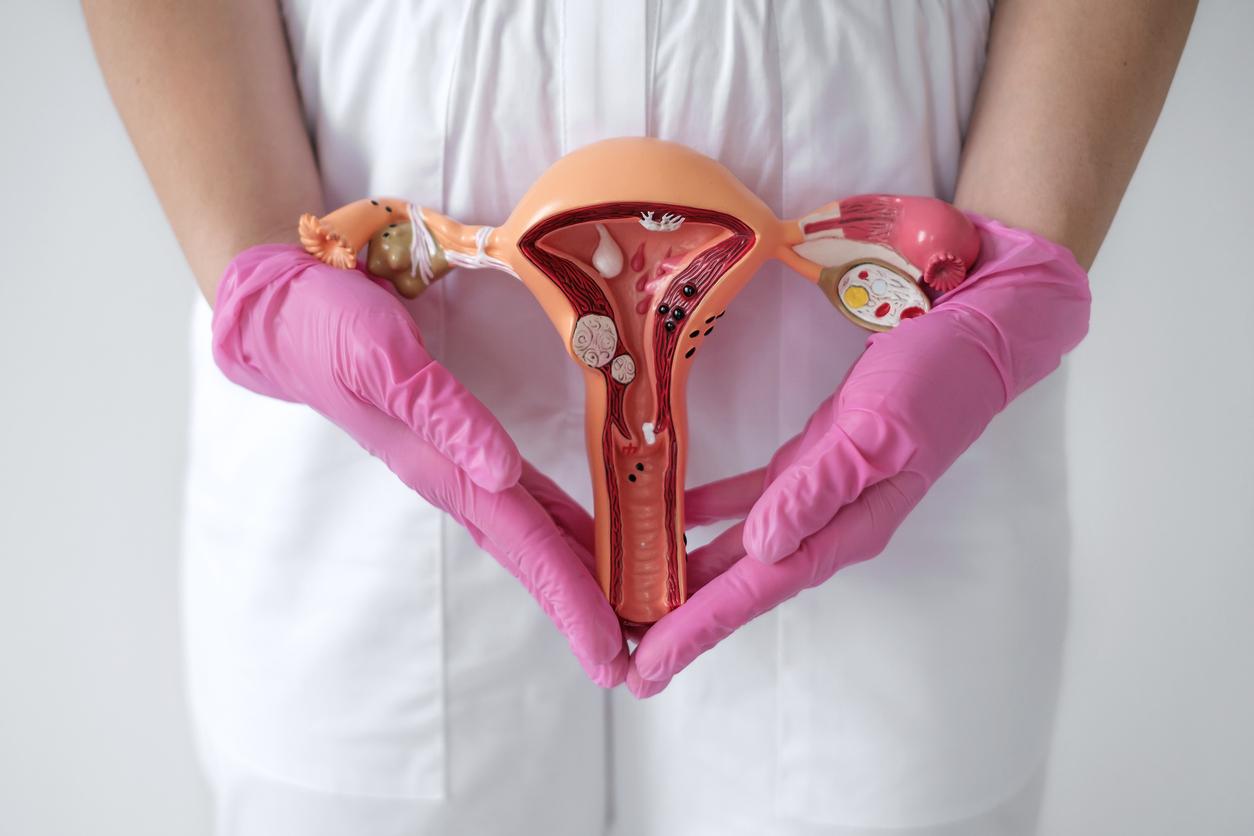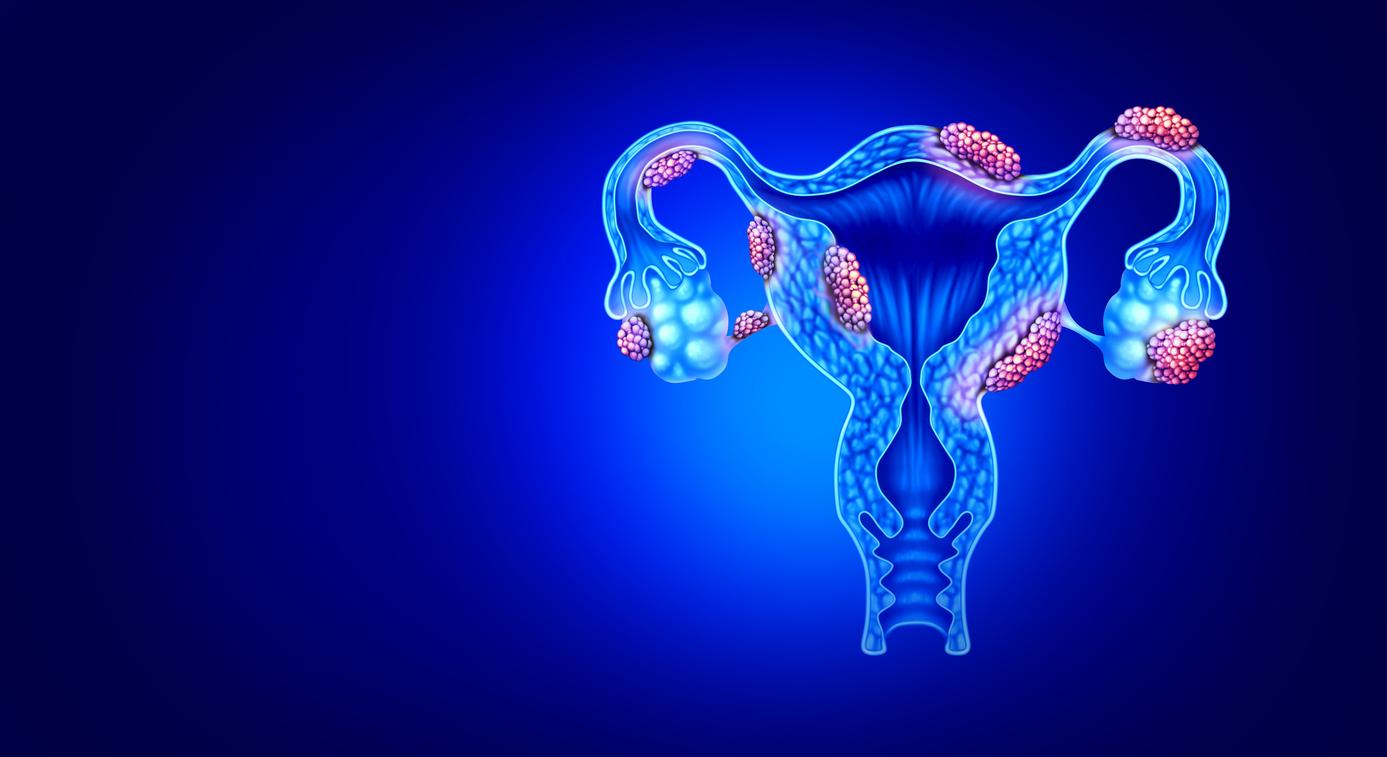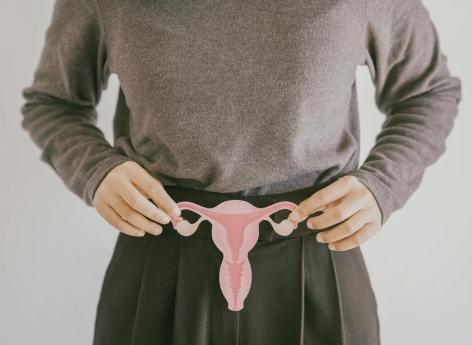Meeting with Sabrina Fajau, physiotherapist and osteopath specializing in pelvi-perineology, and content creator under the nickname @sabsanté, who insists on the fact that endometriosis is not inevitable and explains to us how physiotherapy can relieve patients.

Why doctor: How can physiotherapy help women suffering from endometriosis?
Sabrina Fajau: In endometriosis, there are several main families of symptoms: chronic pain, dysmenorrhea (menstrual pain), pelvic pain, dyspareunia (pain during and after sexual intercourse), dyschezia (pain with defecation), dysuria (painful or bothersome urination), difficulty procreating, and physical deconditioning [faiblesse musculaire et diminution d’endurance associées à l’inactivité physique et à la sédentarité, ndlr]. Aside from childbearing difficulties, physiotherapy will help six to seven groups of symptoms. We differentiate between physiotherapists specializing in pelvi-perineology who can do everything, and others, who can still intervene on chronic pain, physical deconditioning and certain pelvic pain depending on their origin.
Endometriosis is a disease that we call gynecological to describe it, but as physiotherapists, we must see it as a chronic inflammatory disease and a disease that affects the fascia. [membrane fibreuse recouvrant des muscles, correspondant aux plans de glissement, ndlr] and who tends to retract them. So we try to restore mobility to the body by giving mobility to these fascia through manual therapy, among other things.
It is not a physiotherapist who will solve a patient’s problem, it is physiotherapy in general.
Do these techniques work for all women?
What you need to remember is that it is said that every woman has endometriosis. We could go further by saying that there is not one endometriosis but endometrioses. In the eight families of symptoms, some will have only one symptom and others will have all of them. The advantage as a physiotherapist is that you have a lot of tools, sometimes a physiotherapist has several tools and sometimes you will have to go see several physiotherapists to have all these tools. It is not a physiotherapist who will solve a patient’s problem, it is physiotherapy in general. What you need to know is that our place is not there to cure the disease – no one can do that currently – it is there to reduce pain and bring comfort to the patient’s life. We position ourselves to support them in the overall improvement of their quality of life: the reduction of their pain, the resumption of physical activity, their professional activities, etc. And we don’t talk about it much, but as a physiotherapist, we can also help them improve the quality of sexual life, particularly when there is dyspareunia.
How does a session go?
As with other pathologies, we always start by doing an assessment with the patient: we collect the information, we do the clinical examination and we test things during the first session. Depending on what happens, we keep what works, we put aside what doesn’t work, and we move forward like this session after session, always with the patient, the reduction of her pain and the improvement of their quality of life on all levels.
Typically, each session lasts around 30 minutes. The pace of appointments depends on the patient’s condition. If we are in an inflammatory phase, that is to say the person is in a lot of pain, we can initially do it twice a week, then we move on to once a week. If the person is already in chronic pain and has been in pain for a long time, this could be every 15 days for example. We decide all this at the beginning, at the time of the assessment. Obviously, the more things we need to do, the more sessions we will need.
We manage the crisis, we manage the symptoms when there are symptoms, but just because there are symptoms at the moment does not mean that in 6 months or 4 years they will still be present.
Will a woman suffering from endometriosis have to do sessions all her life?
It is a pathology that operates in phases, 50% of newly diagnosed patients have endometriosis which no longer progresses. We then have a photograph at time T, we manage the pain at time T and as there is no evolution, once the pain is managed, there is no reason for it to reappear . For a little more than another third of patients, the disease will progress so they will have to be monitored. And for 15 to 20% of them, we notice a reduction in symptoms and we no longer find signs of the pathology after a few years. So even on the prognosis and the evolution of the disease, we cannot comment. It is so polymorphous… So we manage the crisis, we manage the symptoms when there are symptoms, but it is not because there are symptoms at the moment T that in 6 months or 4 years they will be always present.
Do you need a prescription to see a physiotherapist?
Since the beginning of the year, there have been direct access to physiotherapists without a prescription, but it is still rare, you have to be in coordinated structures or in the hospital. The best thing is to get a prescription from your treating doctor for “physiotherapy assessment followed by care if necessary in the context of endometriosis” because, once again, we do not treat endometriosis, we relieve the symptoms. So what is recognized by Social Security is physiotherapy for symptoms: back pain, pelvic pain, etc. And it is at the end of the assessment of the first session that we know what we are going to rate.
What is covered by Social Security?
It’s complicated to have a single answer. There is Social Security and mutual insurance which take a part, and then, depending on how the physiotherapist works, and especially if the symptoms are covered by Social Security reimbursement, there will remain a charge or not for the patient (which is what we call it outside the nomenclature).
After how many physiotherapy sessions can a patient expect to see benefits?
Once again, it’s difficult to say, we adapt to the patient and there is no absolute standard. On very very painful patients, that is to say on endometriosis proven to be quite serious, what we do with the surgeons with whom I work is to wait at least six months, even a year, to find out if the treatments put in place (medication, physiotherapy, etc.) have stabilized the patient. For patients with a little less pain, but who still have pain, we can say that in three months, we can really improve their condition. Afterwards, I suggest that we see each other once a month, generally a little before menstruation to stabilize tension and anything that could hurt, and little by little, naturally, they make fewer appointments because the pain goes away.

In your practice, you use the new Endermologie protocol, what does it consist of?
The advantage of this protocol, which is loaded on the Cellu M6 Alliance machines from LPG, (with expertly trained physiotherapists), is that it gives an additional tool to the physiotherapist, particularly in the treatment of pain patients because it allows to work on overall pain, but also on the symptoms of people experiencing physical deconditioning. This helps reduce pain, but also stress and anxiety related to it, and it also has an action on chronic fatigue. Tissue mechanization also helps fight fibrosis and adhesions.
How does this treatment work?
It’s a cocooning and relaxing moment for the patient. It can be done with or without the white suit which gives a certain preservation of privacy and which allows the head of the device to slide better, but if the patient does not want to wear it she is not obliged. The patient is on the table and it is the physiotherapist who performs the treatment with the Cellu M6 Alliance, it is something gentle. It’s interesting in this sense too because in physiotherapy, we have techniques which are very effective, but which are not always gentle, sometimes it can hurt a little, but here the treatment is encompassing and relaxing, thanks to activation of the parasympathetic system. We will therefore be able to reduce the patient’s pain threshold, meaning that she will be able to tolerate the pain better afterwards.










